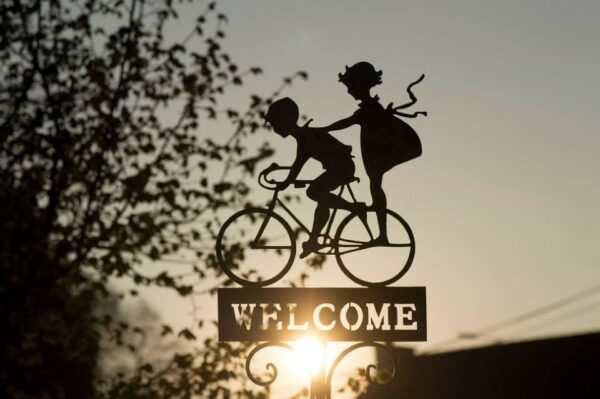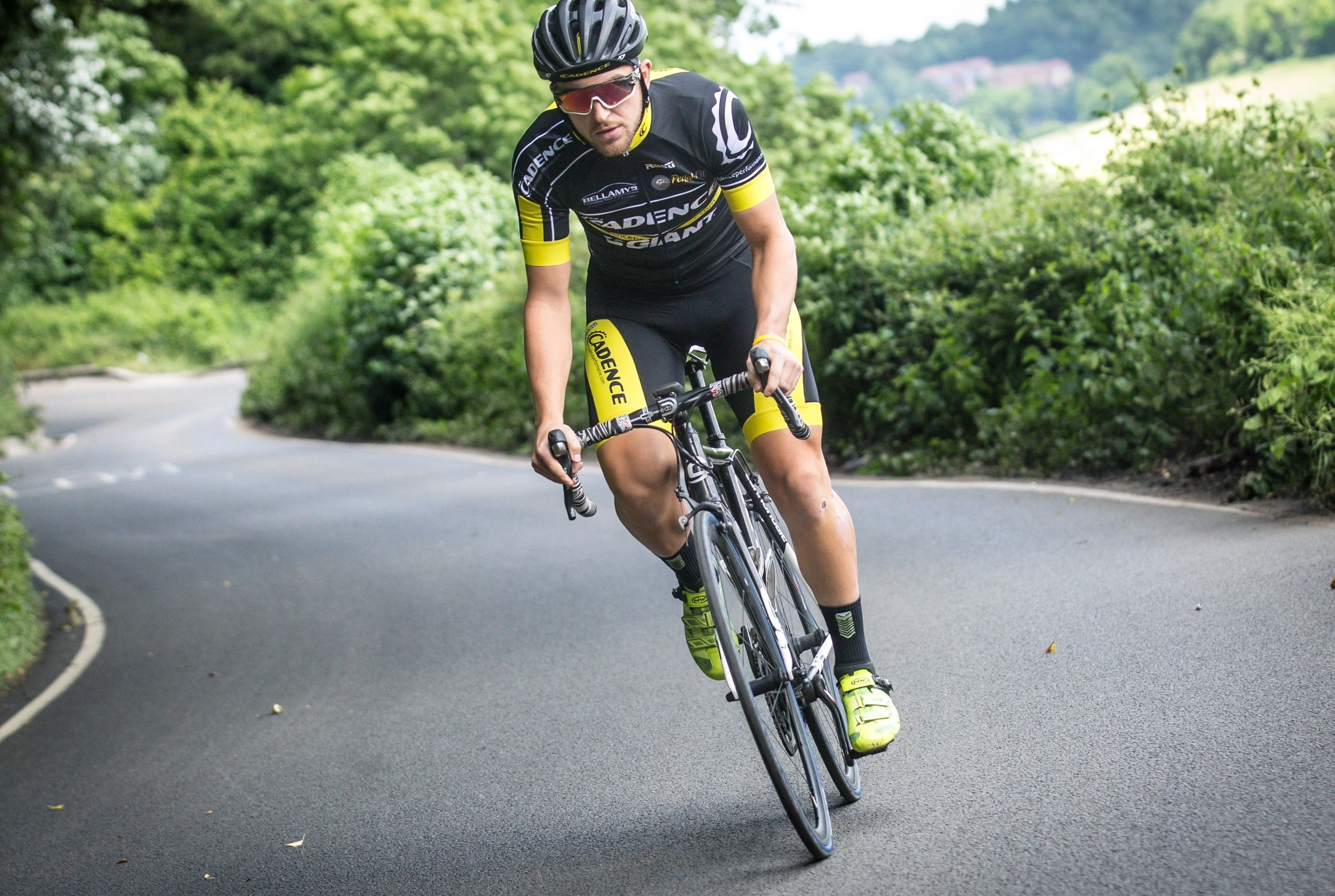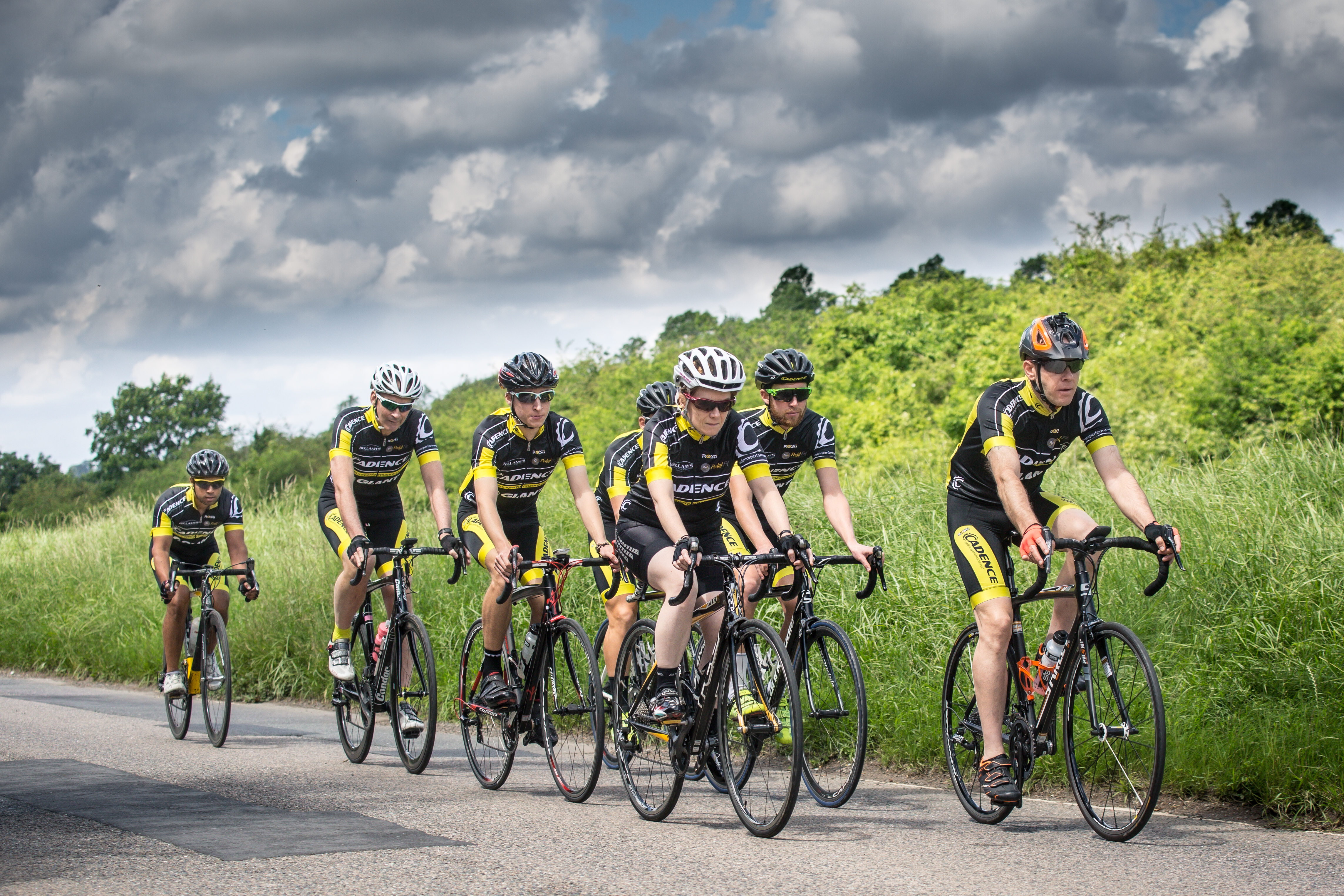
Etiquette: “the customary code of polite behaviour in society or among members of a particular profession or group”.
Road cycling etiquette is much discussed, most often when it’s not there. It normally falls under the bracket of basic good manners, however there are some intricacies that are fairly unique to cycling. Let’s face it, us cyclists are much maligned for reasons we quite often can’t understand. Showing some good etiquette to your fellow road users will not only help change that perception, but will also keep you safe.
You will find slightly different etiquette depending on who you ride with but some general rules apply across the board. Some stray into safety advice as much as cycling etiquette as the lines between the two can be fairly grey.
Cycling Etiquette – Riding By Yourself

When you get your first road bike most people will start out by themselves before progressing onto larger groups. So what cycling etiquette exists as a solo rider?
- Say hello. This is cycling etiquette rule number one! When you overtake a cyclist or pass on the other side of the road give them a quick hi, nod or lift of the hand. If etiquette is polite behaviour then this is where it starts. The only exception to this is if you’re smashing out a tough training session and have got barely the energy to breathe let alone talk. Then, and only then, is it acceptable not to acknowledge a fellow rider.
- Stop and help. If you see a rider stuck at the side of the road offer to stop and help. Even if you’re not a mechanic you may have tools or kit that will help them out. More often than not they will wave you past pretending to make a phone call when they are actually taking a rest!
- Take enough stuff to be self sufficient. It’s very annoying when you stop at the side of the road to help someone only to find out they haven’t even taken a tube out with them. Whilst I will always begrudgingly hand mine over to help a fellow rider you should never rely on the good nature of others to help you out. Take out what you need. There will be the odd occasion when it’s not enough but don’t head out with nothing!
- Be conscious of where you take a break. Some places welcome cyclists, others don’t. I’m not sure I’d want someone turning up on the table beside me at Sunday dinner fresh out of the gym but us cyclists will happily wander into somewhere after four sweaty hours of riding. Try and research places that are used to catering for cyclists and if you do end up in a local pub try and stick away from those who are out to enjoy their meal. Whilst you’re all paying customers, just be considerate.
- Think about how you approach others. You will inevitably come across other riders when out on the road and eventually you’ll be the one doing the catching up. If you join up with a rider or group of riders ask them if they mind you cycling with them. They may say no as they are training for something specific (or just miserable!). When you do, remember you are on their turf so do as they do and take your turns on the front.
Cycling Etiquette – Riding In A Group

Cycling etiquette for group riding very much depends on whether you are joining an established group or starting out with friends and neighbours.
Local clubs tend to have their own rules which are quite often documented in a handbook or on their website. Even if there is nothing to read, take some time to observe the other riders and pick up on what they do. If you are starting out with a group of people who are all relatively new then you have a chance to set out your own cycling etiquette. You should find the below useful as a starting point:
- Hand Signals – (A great video on the basics)
- Point out problems with the road such as potholes and damaged drain covers. Make sure you keep your bike steady when doing this. Only point out serious issues and ones you feel you can avoid. Too much pointing can get confusing!
- Make a waving sign across your back with your hand when you are pulling out such as round a parked car or a cluster of potholes. This should allow everyone else to move out in good time.
- Let people know when you are slowing down for any reason.
- Calls – To be used in moderation.
- A shout of “clear” when you go through a blind junction and there is no traffic to let the rest of the group know there are no cars coming. Then should be repeated right down the line with everyone making sure it’s safe.
- “Car back” on country roads and “car front” on narrow roads. Not often used in towns as you’d be shouting constantly.
- “Gravel” for when you hit gravel on a junction. Usually too late to use a hand signal.
- Bike Control. Controlling your bike is even more important in a group than when you’re by yourself. Your decisions can influence the safety of a large number of people. It will take a while to get used to riding with a group so build up to it gradually. The below points should help you out:
- Don’t change direction quickly. Be smooth with your movement and use hand signals where possible. You may have to hit more holes in the road than riding by yourself as it is often more dangerous to try and avoid them. Keep your upper body fairly relaxed as this will stop you being twitchy on the bike.
- Don’t brake hard. Sharp braking is a sure-fire way to cause a pile up. Don’t get too close to the wheel in front, build in a bit of a comfort zone so you can react. Sticking to a wheel isn’t easy; when you are getting too close, lower your cadence rather than braking.
- Don’t pull too far out.
- An accident from the back is your fault! Concentrate. Build stopping distance in if you think the person is unpredictable.
- Look after the slowest person. It’s always hard being the slowest in the group. Fortunes can change very quickly, so if you look after them now they may well do the same for you when you’re dropping the wheels. There will be places you want to race such as hills or long flats to work out who’s quickest, but always bring the group back together as soon as you can. Pass the message up the group to slow the pace if the person behind you has been dropped.
- Don’t go out with a group you can’t hold pace with. As a counterbalance to point 4 don’t over stretch yourself. When you go out in a large group you are all looking out for each other, so don’t hold everyone up by being too ambitious. Cycling clubs will generally have rides of different paces at the weekend, so go with one you can manage and train hard to make the jump to the group above.
- Take your turn on the front. The aerodynamic benefits of riding behind another cyclist are massive. If you’re riding with others take your fair share of the pain on the front.
- Be responsible for yourself. It’s easy to be influenced by the group but you have to be your own person and stick to your values. For example if you don’t like jumping red lights then don’t do it just because others are. Be the change you wish to see in the world!
Cycling Etiquette – Other Road Users
- Say thank you if someone’s waited a long time. Sometimes car users have to wait a long time to pass us and do so patiently. Give them a thumbs up to say thank you. Most cyclists don’t seem to but it is always appreciated.
Cycling Etiquette – General Tips
- Don’t litter. There is no excuse. Ever. If you take it out, you take it home.
- Don’t skip red lights. Still happens all the time. True, clipping out’s annoying but little by little you damage the reputation of cyclists by skipping lights.
- Don’t jump onto the pavement unless you are in danger.
While you’re here
Don’t forget to get a bicycle insurance quote. It only takes a minute, you don’t need to give us any personal information (just the value of your bikes) and we can give you a quote for accidental damage, theft, liability and legal expenses, plus a host of extra benefits.